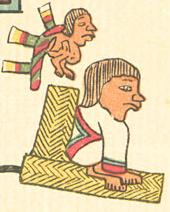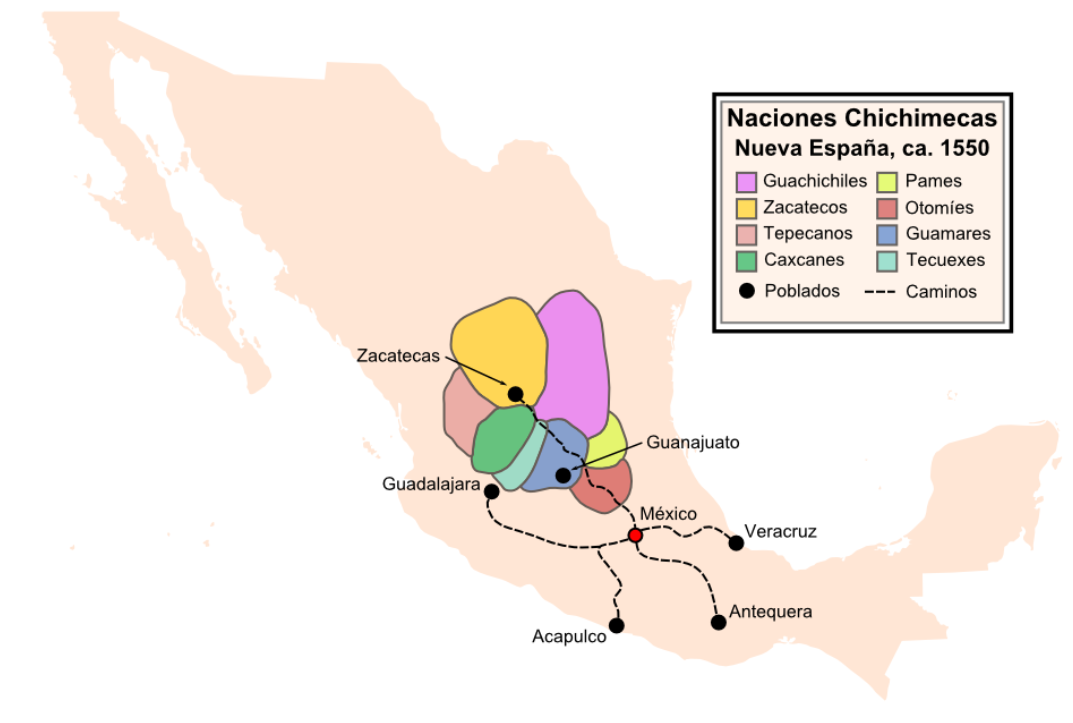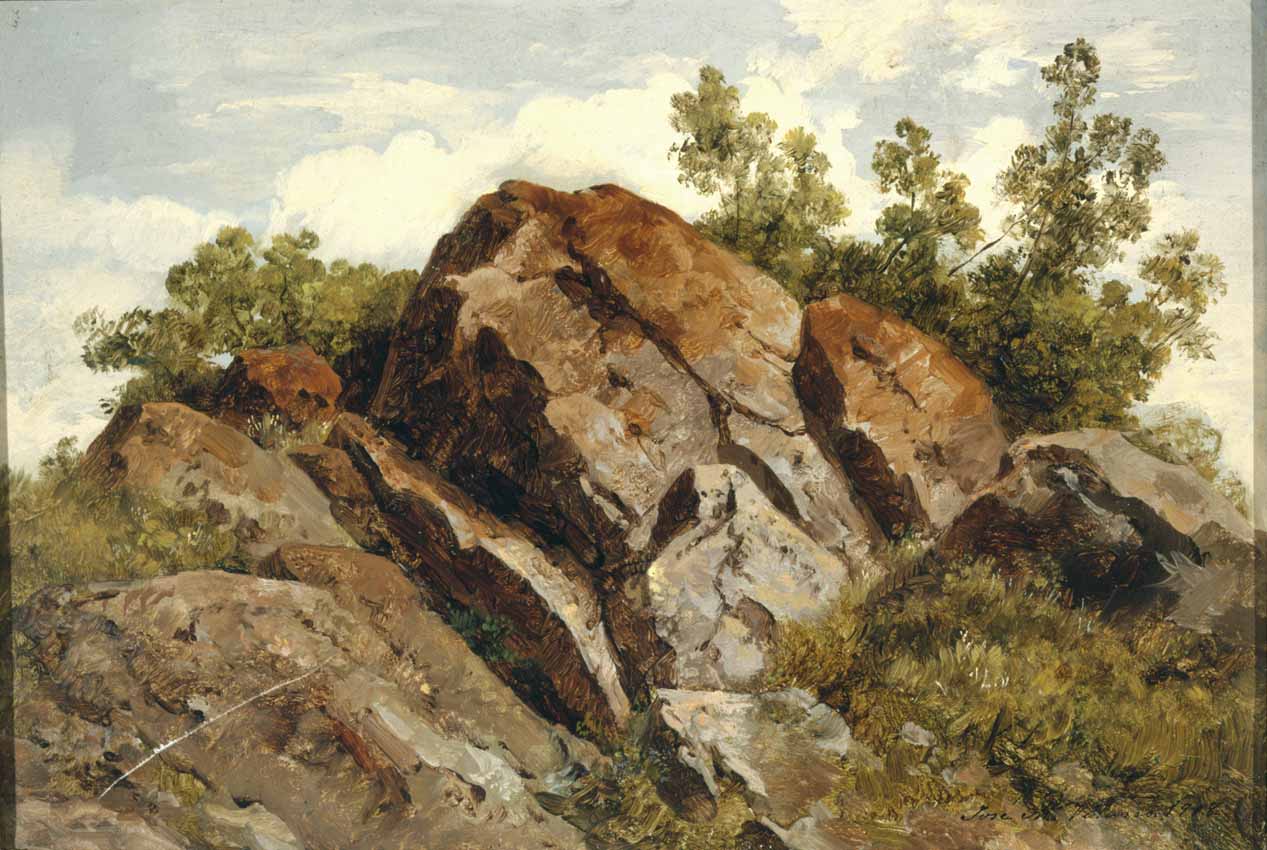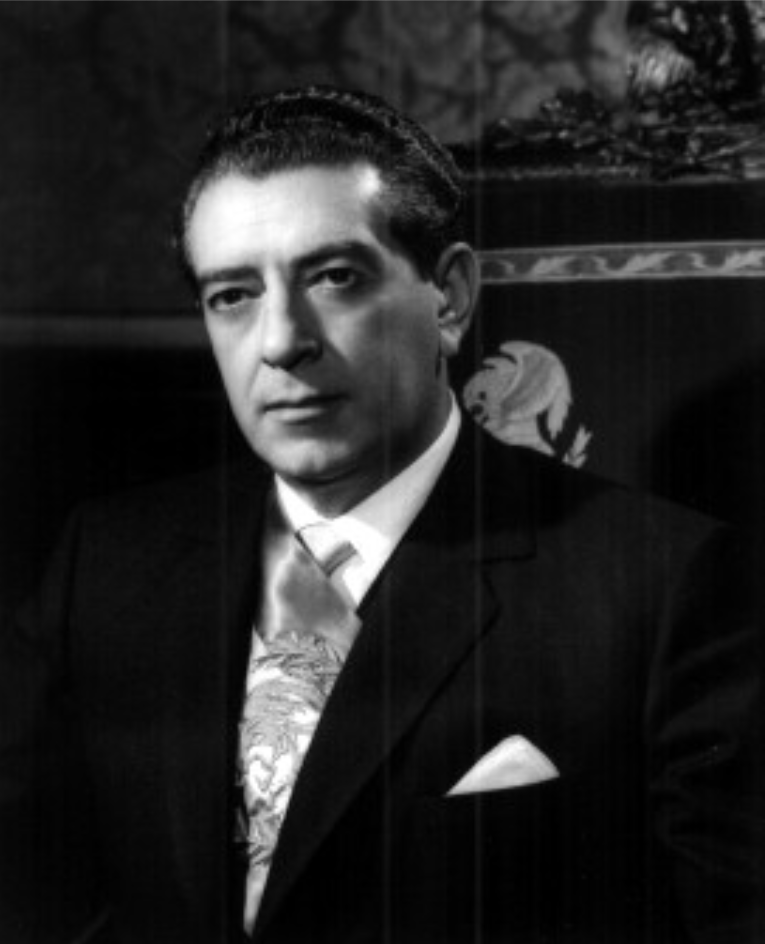|
Coatlinchan
Coatlinchan is a town in the Mexican state of Mexico. San Miguel Coatlinchán (in Nahuatl: Coatl, in, chantli, 'snake, possessive prefix, home' 'In the home of the snakes') is a locality of the state of Mexico, in the municipality of Texcoco. Nearby was the original location of the monolith of Tláloc, located today at the entrance of the National Museum of Anthropology in Mexico City. Location and demographics San Miguel Coatlinchán is in the south of the municipality of Texcoco and about south of the municipal seat of the city of Texcoco de Mora, in the transition zone between the Valley of Mexico and the foot of the Sierra Nevada. Elevation is denominated Sierra Quetzaltepec of which descends the stream Coatlinchán through the Barranca of Santa Clara. Its geographical coordinates are 19°26'56 "N 98°52'20" W, and its altitude is above sea level. Its main route of communication is the Federal Highway 136, former Mexico-Texcoco Highway and with which it is linked by two ... [...More Info...] [...Related Items...] OR: [Wikipedia] [Google] [Baidu] |
Coatlinchan
Coatlinchan is a town in the Mexican state of Mexico. San Miguel Coatlinchán (in Nahuatl: Coatl, in, chantli, 'snake, possessive prefix, home' 'In the home of the snakes') is a locality of the state of Mexico, in the municipality of Texcoco. Nearby was the original location of the monolith of Tláloc, located today at the entrance of the National Museum of Anthropology in Mexico City. Location and demographics San Miguel Coatlinchán is in the south of the municipality of Texcoco and about south of the municipal seat of the city of Texcoco de Mora, in the transition zone between the Valley of Mexico and the foot of the Sierra Nevada. Elevation is denominated Sierra Quetzaltepec of which descends the stream Coatlinchán through the Barranca of Santa Clara. Its geographical coordinates are 19°26'56 "N 98°52'20" W, and its altitude is above sea level. Its main route of communication is the Federal Highway 136, former Mexico-Texcoco Highway and with which it is linked by two ... [...More Info...] [...Related Items...] OR: [Wikipedia] [Google] [Baidu] |
Texcoco, State Of Mexico
Texcoco de Mora () is a city located in the State of Mexico, 25 km northeast of Mexico City. Texcoco de Mora is the municipal seat of the municipality of Texcoco. In the pre-Hispanic era, this was a major Aztec city on the shores of Lake Texcoco. After the Conquest, the city was initially the second most important after Mexico City, but its importance faded over time, becoming more rural in character. Over the colonial and post-independence periods, most of Lake Texcoco was drained and the city is no longer on the shore and much of the municipality is on lakebed. Numerous Aztec archeological finds have been discovered here, including the 125 tonne stone statue of Tlaloc, which was found near San Miguel Coatlinchán and now resides at the Museum of Anthropology in Mexico City. Much of Texcoco's recent history involves the clash of the populace with local, state and federal authorities. The most serious of these is the continued attempts to develop an airport here, ... [...More Info...] [...Related Items...] OR: [Wikipedia] [Google] [Baidu] |
Mexico
Mexico (Spanish: México), officially the United Mexican States, is a country in the southern portion of North America. It is bordered to the north by the United States; to the south and west by the Pacific Ocean; to the southeast by Guatemala, Belize, and the Caribbean Sea; and to the east by the Gulf of Mexico. Mexico covers ,Mexico ''''. . making it the world's 13th-largest country by are ... [...More Info...] [...Related Items...] OR: [Wikipedia] [Google] [Baidu] |
State Of Mexico
The State of Mexico ( es, Estado de México; ), officially just Mexico ( es, México), is one of the 32 federal entities of the United Mexican States. Commonly known as Edomex (from ) to distinguish it from the name of the whole country, it is the most populous, as well as the most densely populated, state in the country. Located in South-Central Mexico, the state is divided into 125 municipalities. The state capital city is Toluca de Lerdo ("Toluca"), while its largest city is Ecatepec de Morelos ("Ecatepec"). The State of Mexico surrounds Mexico City on three sides and borders the states of Querétaro and Hidalgo to the north, Morelos and Guerrero to the south, Michoacán to the west, and Tlaxcala and Puebla to the east. The territory that now comprises the State of Mexico once formed the core of the Pre-Hispanic Aztec Empire. During the Spanish colonial period, the region was incorporated into New Spain. After gaining independence in the 19th century, Mexico City w ... [...More Info...] [...Related Items...] OR: [Wikipedia] [Google] [Baidu] |
Nahuatl
Nahuatl (; ), Aztec, or Mexicano is a language or, by some definitions, a group of languages of the Uto-Aztecan language family. Varieties of Nahuatl are spoken by about Nahua peoples, most of whom live mainly in Central Mexico and have smaller populations in the United States. Nahuatl has been spoken in central Mexico since at least the seventh century CE. It was the language of the Aztec/ Mexica, who dominated what is now central Mexico during the Late Postclassic period of Mesoamerican history. During the centuries preceding the Spanish and Tlaxcalan conquest of the Aztec Empire, the Aztecs had expanded to incorporate a large part of central Mexico. Their influence caused the variety of Nahuatl spoken by the residents of Tenochtitlan to become a prestige language in Mesoamerica. After the conquest, when Spanish colonists and missionaries introduced the Latin alphabet, Nahuatl also became a literary language. Many chronicles, grammars, works of poetry, administrative docu ... [...More Info...] [...Related Items...] OR: [Wikipedia] [Google] [Baidu] |
Chichimec
Chichimeca () is the name that the Nahua peoples of Mexico generically applied to nomadic and semi-nomadic peoples who were established in present-day Bajio region of Mexico. Chichimeca carried the meaning as the Roman term "barbarian" that described Germanic tribes. The name, with its pejorative sense, was adopted by the Spanish Empire. For the Spanish, in the words of scholar Charlotte M. Gradie, "the Chichimecas were a wild, nomadic people who lived north of the Valley of Mexico. They had no fixed dwelling places, lived by hunting, wore little clothes and fiercely resisted foreign intrusion into their territory, which happened to contain silver mines the Spanish wished to exploit." In spite of not having temples or idols, they practiced animal sacrifice, and they were feared for their expertise and brutality in war. The Spanish invasion resulted in a "drastic population decline of all the peoples known collectively as Chichimecas, and to the eventual disappearance as peoples ... [...More Info...] [...Related Items...] OR: [Wikipedia] [Google] [Baidu] |
José María Velasco Gómez
José María Tranquilino Francisco de Jesús Velasco Gómez Obregón, generally known as José María Velasco, (Temascalcingo, 6 July 1840Estado de México, 26 August 1912) was a 19th-century Mexican polymath, most famous as a painter who made Mexican geography a symbol of national identity through his paintings. He was both one of the most popular artists of the time and internationally renowned. He received many distinctions such as the gold medal of the Mexican National Expositions of Bellas Artes in 1874 and 1876; the gold medal of the Philadelphia International Exposition in 1876, on the centenary of U.S. independence; and the medal of the Paris Universal Exposition in 1889, on the centenary of the outbreak of the French Revolution. His painting ''El valle de México'' is considered Velasco's masterpiece, of which he created seven different renditions. Of all the nineteenth-century painters, Velasco was the "first to be elevated in the post-Revolutionary period as an exempla ... [...More Info...] [...Related Items...] OR: [Wikipedia] [Google] [Baidu] |
Leopoldo Batres
Leopoldo Batres (1852 in Ciudad de Mexico – 1926) was a pioneer of the archaeology of Mexico. He worked as an anthropologist and archaeologist for the Museo Nacional de Antropología between 1884 and 1888, beginning his excavations at Teotihuacan, working on the Temple of Agriculture and the Pyramid of the Moon. Later he worked at Monte Albán, Mitla, La Quemada, Xochicalco, Isla de Sacrificios, Mexico City, and more work at Teotihuacan, including his flawed reconstruction of the Pyramid of the Sun. Batres claimed distinguished ancestry, and his father, Salvador Batres was a consul in Germany for President Antonio López de Santa Anna. According to Batres's autobiography, his mother, Francisca Huerta, encouraged his patriotism. Batres joined the Mexican army and was a cavalry officer. In the early 1880s, during the first years of the regime of former army general Porfirio Díaz, Batres went to Paris and studied archeology at the Museum of Natural History under Ernest Théodore H ... [...More Info...] [...Related Items...] OR: [Wikipedia] [Google] [Baidu] |
Adolfo López Mateos
Adolfo López Mateos (; 26 May 1909 – 22 September 1969) was a Mexican politician who served as President of Mexico from 1958 to 1964. Beginning his political career as a campaign aide of José Vasconcelos during his run for president, López Mateos encountered repression from Plutarco Elías Calles, who attempted to maintain hegemony within the National Revolutionary Party (PNR). He briefly abandoned politics and worked as a professor at the Autonomous University of Mexico State, becoming a member of the PNR (renamed Party of the Mexican Revolution) in 1941. López Mateos served as senator for the State of Mexico from 1946 to 1952 and Secretary of Labor during the administration of Adolfo Ruiz Cortines from 1952 to 1957. He secured the party's presidential nomination and won in the 1958 general election. Declaring his political philosophy to be "left within the Constitution", López Mateos was the first self-declared left-wing politician to hold the presidency since Láza ... [...More Info...] [...Related Items...] OR: [Wikipedia] [Google] [Baidu] |



